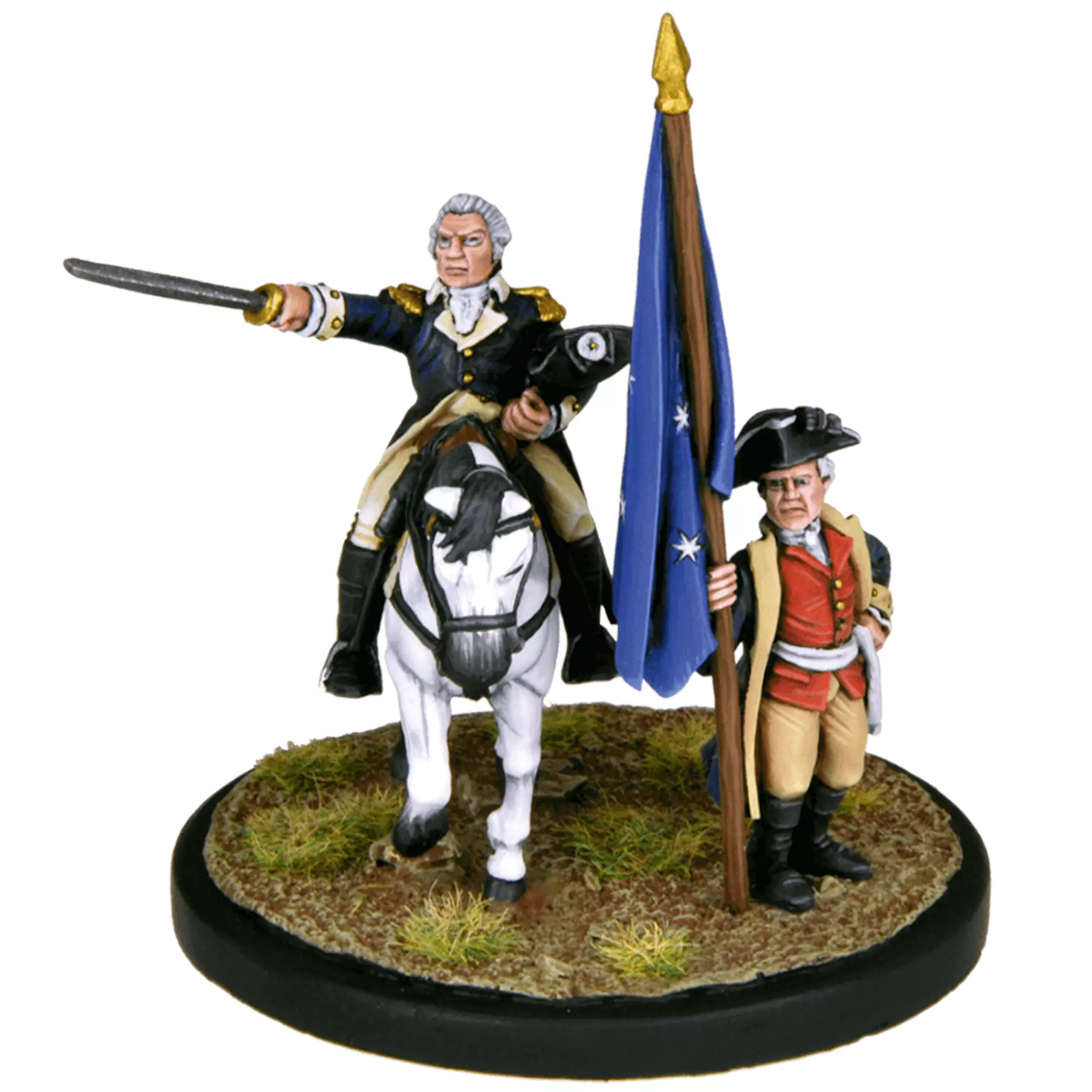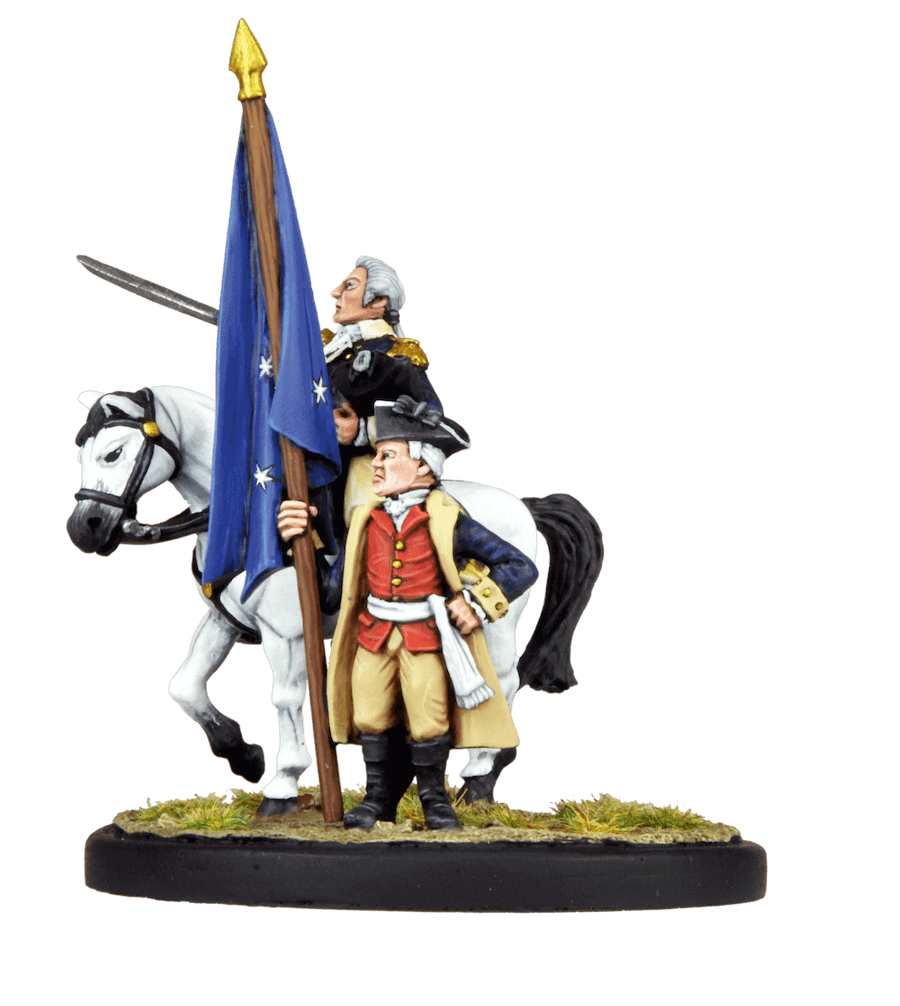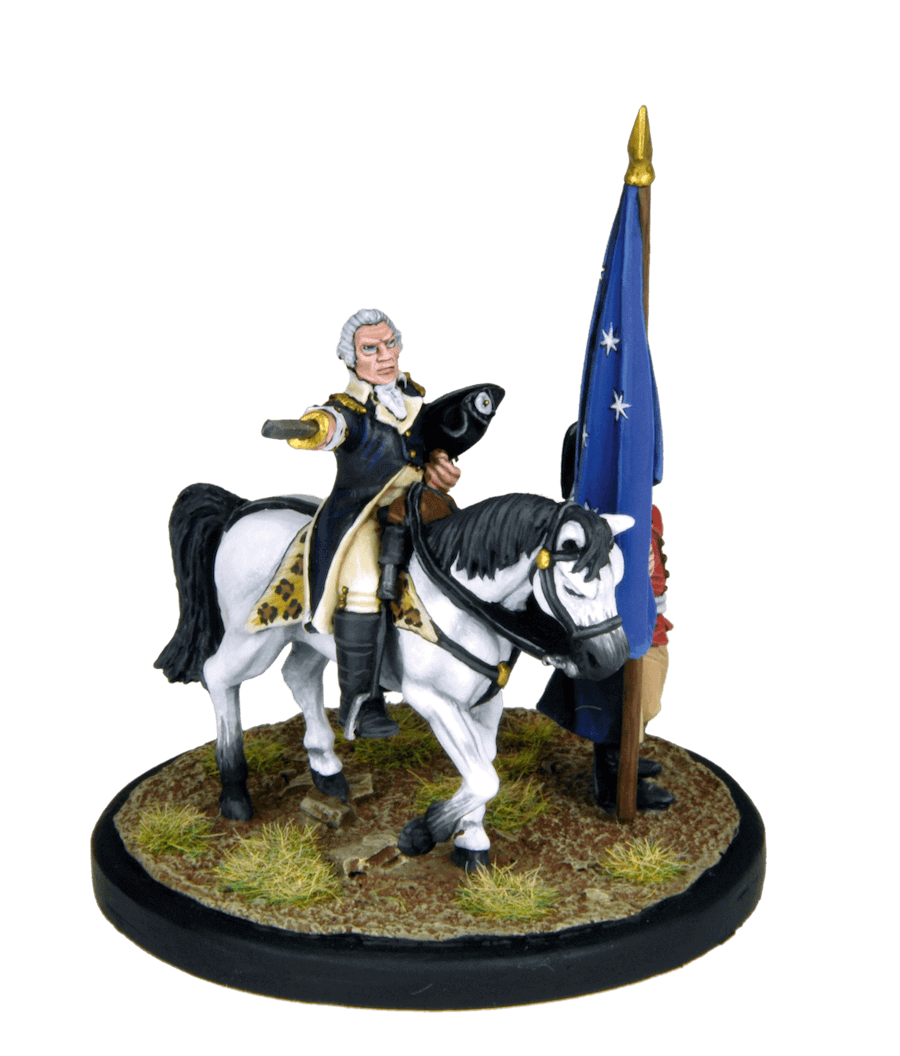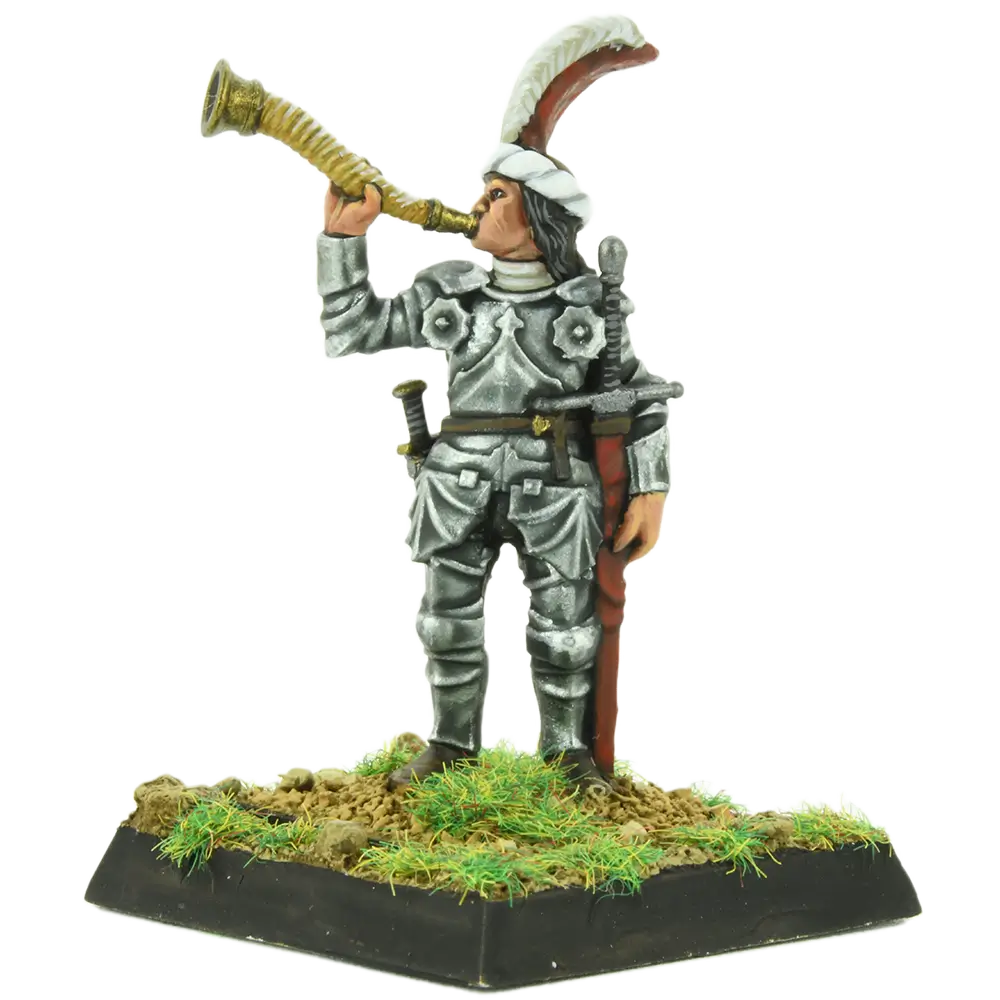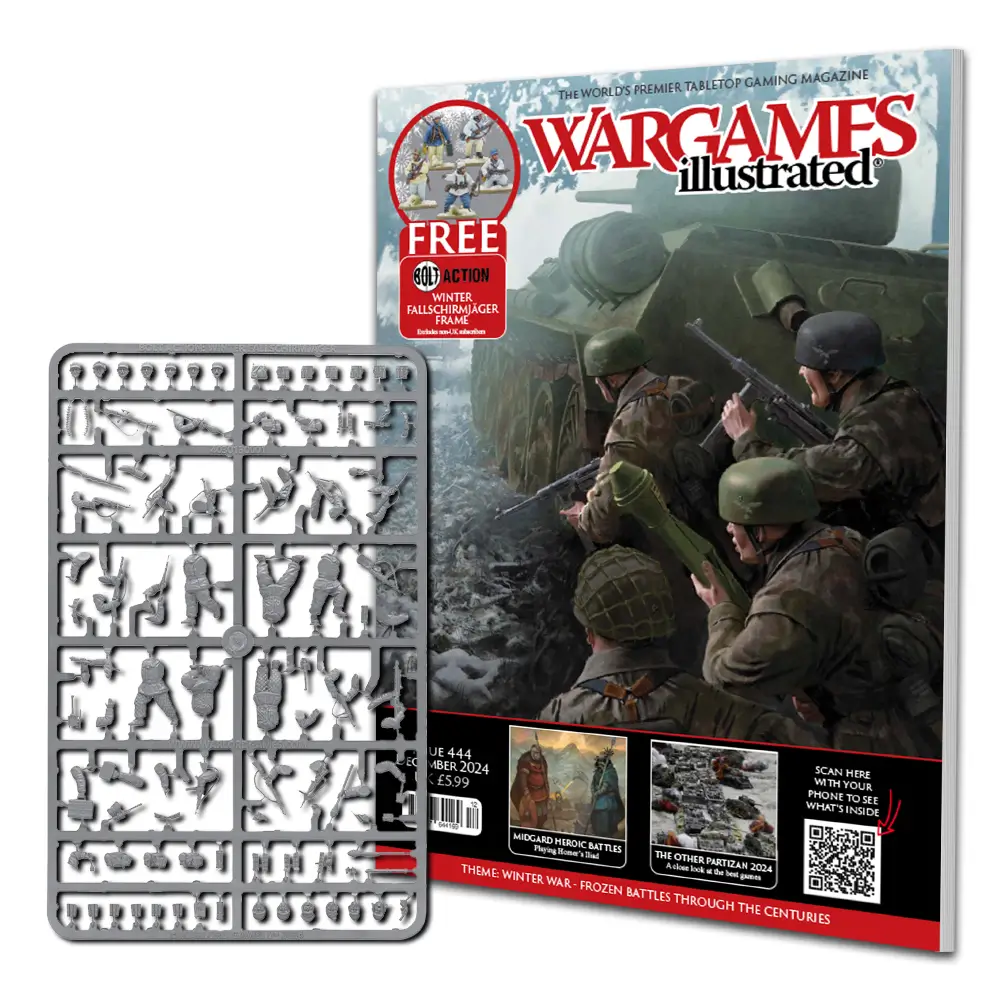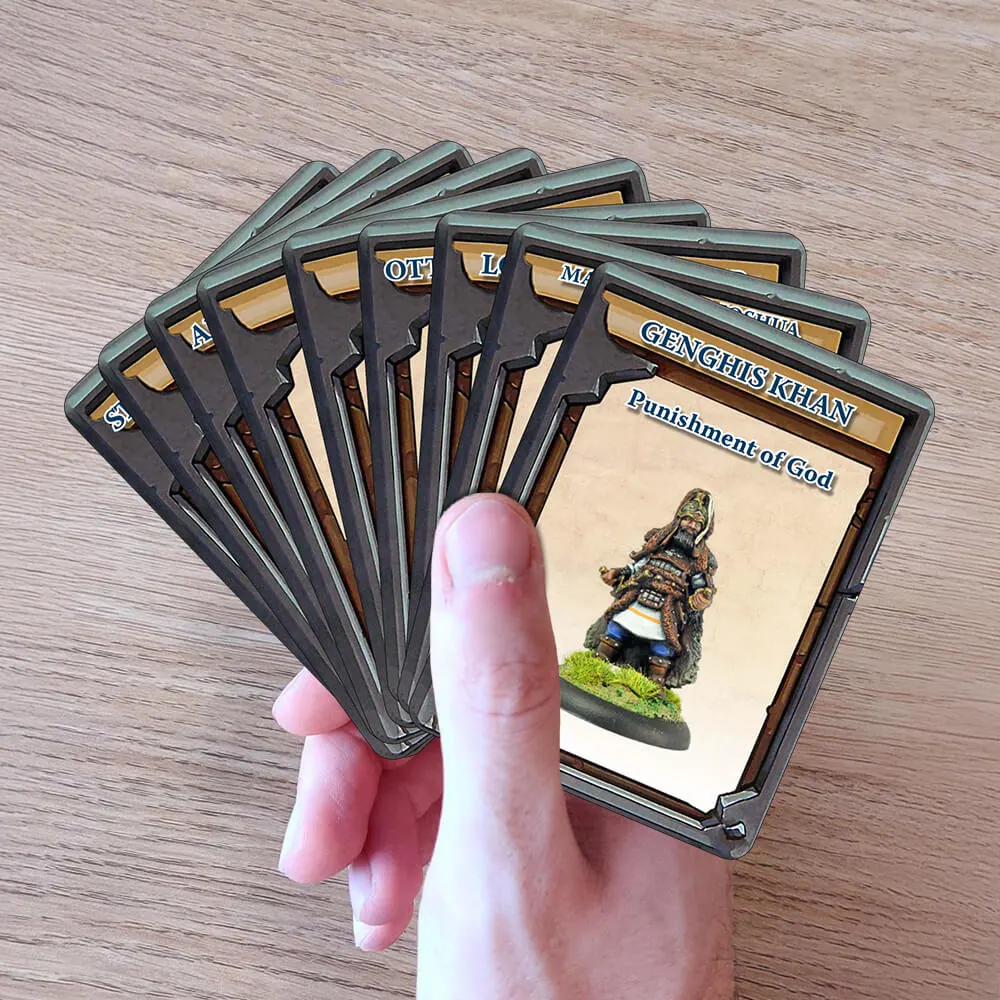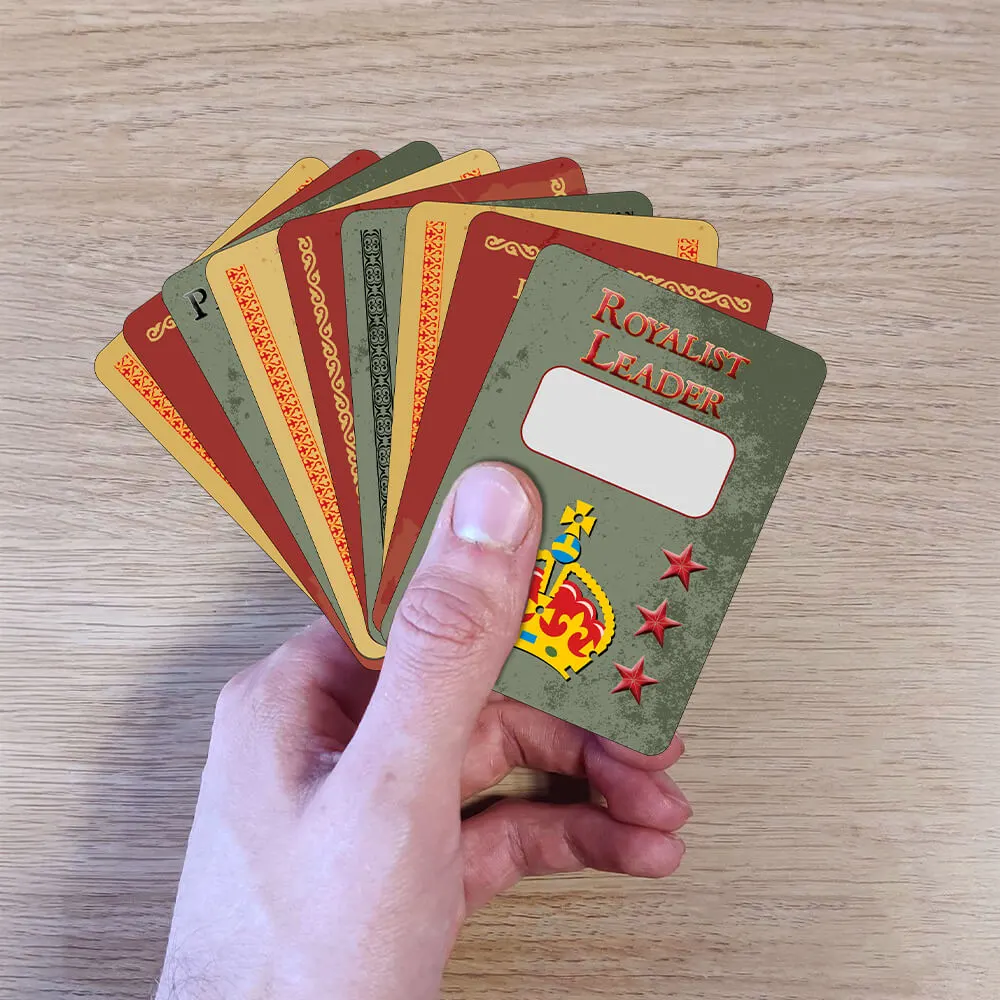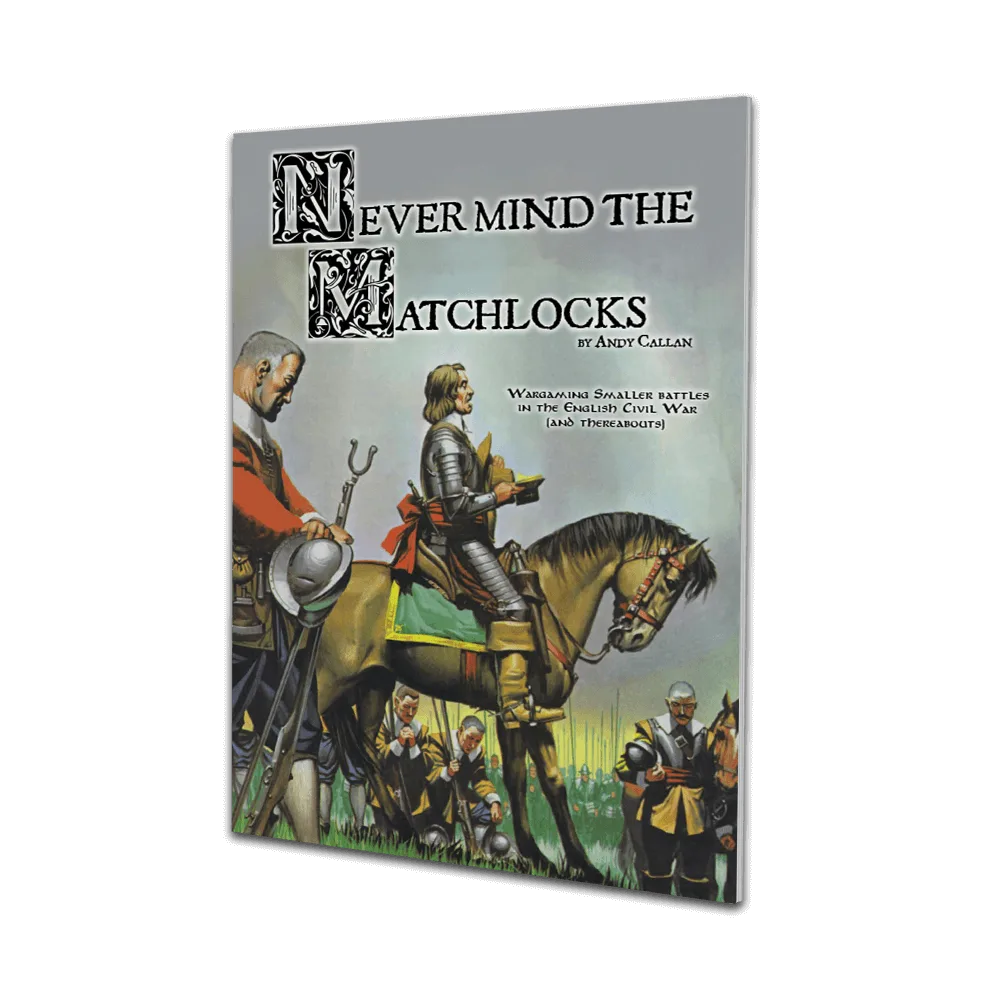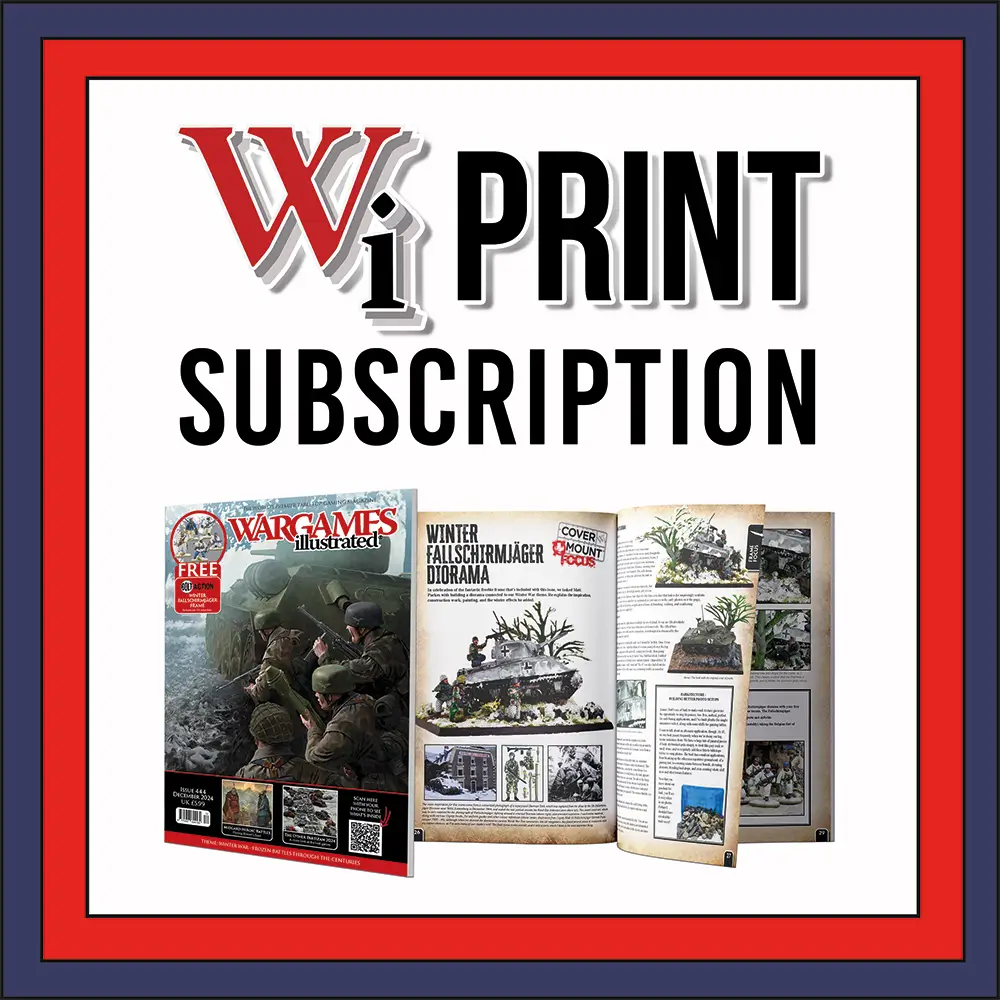Washington & The Continental Army Standard
£7.50
Following some devastating losses in late 1776, George Washington was looking for a victory to show the populace that their Revolution stood a chance of succeeding. An attack on Trenton, New Jersey, was just the thing they needed.
Christmas 1776 would be one to remember; at least it would if General George Washington had his way. The year had been a long one, one to forget, and after such a promising start too. From his assumption of command of the Continental Army of the British colonies in rebellion, Washington had met with considerable success. Boston fell after a protracted siege, and when the British retired from that city, the Americans swept down to capture New York. Washington immediately set about fortifying Manhattan and Long Island and moved his army in to defend his prize. But while the British might let Boston go, they were not about to surrender the vital port of New York without a fight. In August 1776, the British were ready with a fleet of over 30 warships and an army of 30,000 regular soldiers, including their much-feared Hessian mercenaries. On 27 August, Washington and what was left of his 28,000-man rag-tag army met the British at the Battle of Long Island and lost. Many of the Americans escaped across the East River only to be trapped again on Manhattan Island. This time Washington lost 3,000. The British pursued, defeating Washington again at White Plains and capturing two major American-held forts. Washington and the remnants of his sorely depleted and demoralized army fled across New Jersey, but he vowed to return.
Washington’s choice of target for his comeback victory was the 1,400-strong Hessian garrison at the small town of Trenton, New Jersey. His plan was to split his forces and attack from three sides, with his main force advancing from the north in a pre-dawn assault. Washington did not know it, but the commander of the Hessians would do his part to help by steadfastly refusing to fortify the town when he arrived on 14 December, relying instead on the bayonet to beat back the ‘inferior’ Americans. Tensions heightened throughout December and the Hessians expected an attack. Christmas Day was blighted by appalling weather, however, and the Germans reasoned that no one would be so foolish to march that night. Meanwhile, the Continental Army gathered on the banks of the Delaware River eager to strike a blow for the Revolution.
The traditional iconic moment of the American Revolution came when Washington crossed the Delaware riding on the prow of a Durham boat. Much oil has been spread on canvas capturing that scene, but it should be remembered that when the Americans got to the New Jersey bank there was still a long way to go and some hard fighting to follow. Moreover, the deteriorating weather delayed the crossing and not all the army made it. It was there in the falling snow that Washington, mounted on his horse, the army’s standard bearer at his side, pointed south to Trenton with his sword, and at that moment that the Revolution took its direction; to fight the enemy to the end, or in Washington’s own phrase to “victory or death”. A hard march took the army down to Trenton, Washington riding along the column offering encouragement and bolstering morale. Then, with Washington in the lead, the American army poured into Trenton, fighting the Hessians every inch of the way until the German resistance shattered. At last, Washington had the victory his cause so desperately needed.
Featured and Discounted Products
Browse the most recent releases in the Wi webstore.


